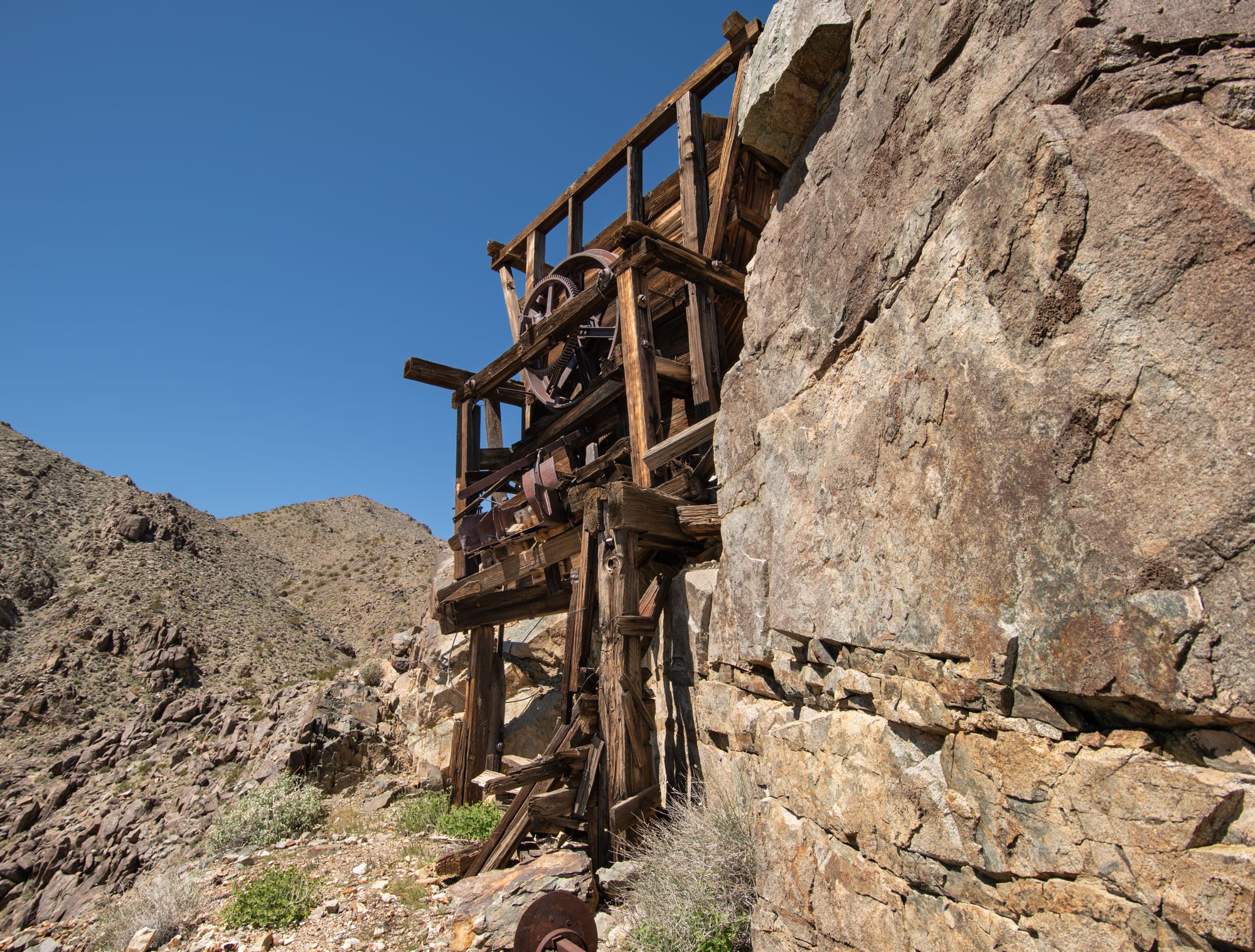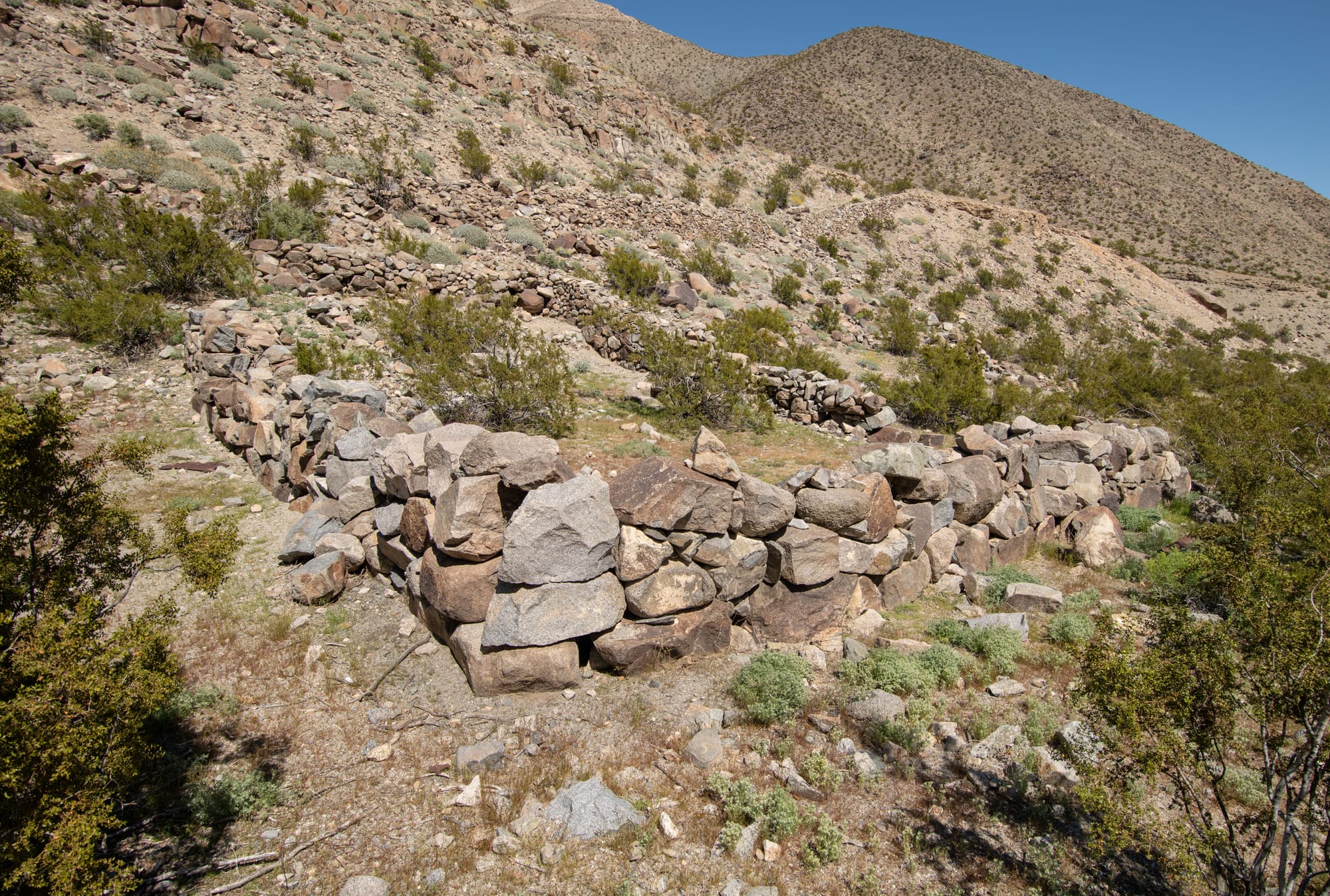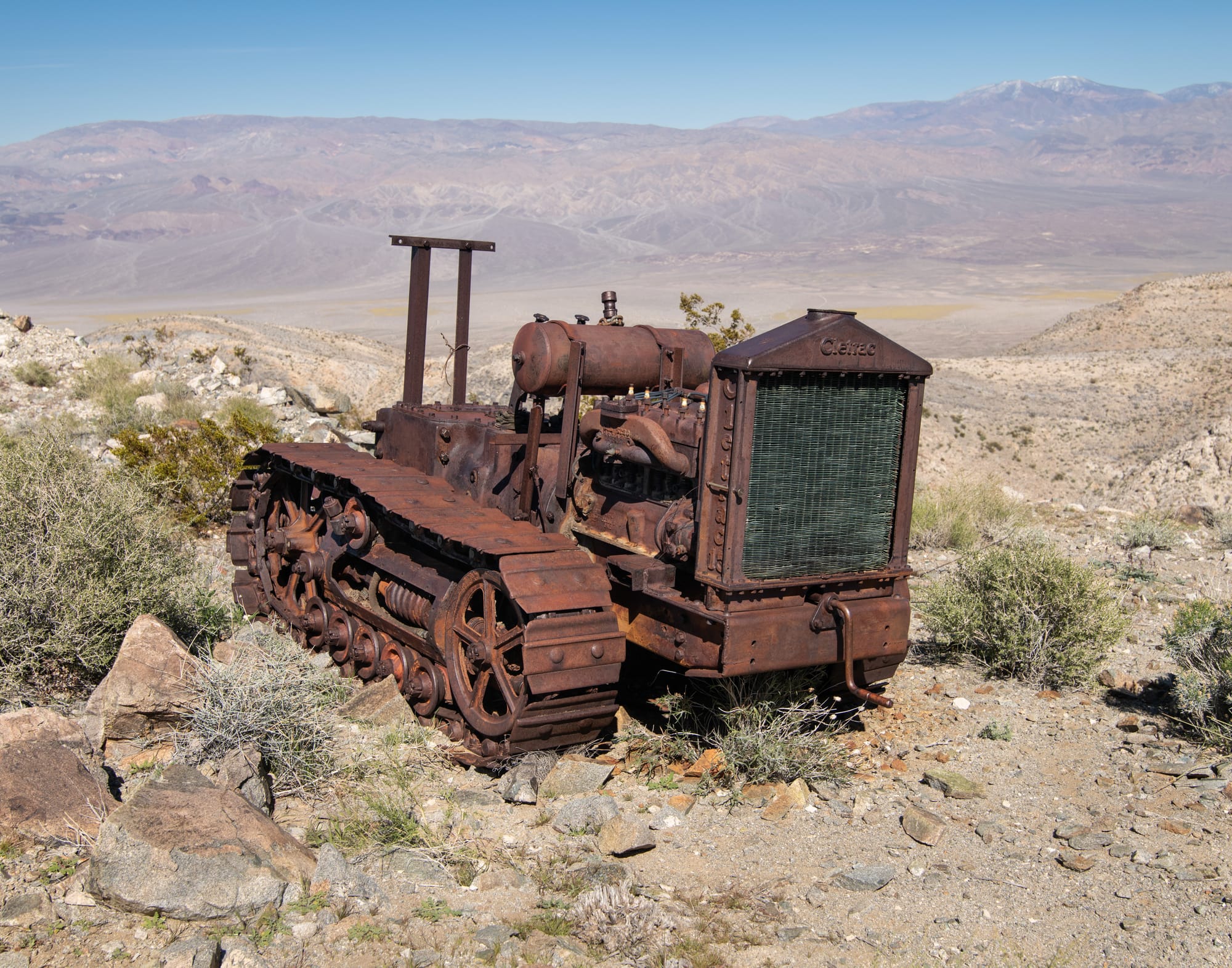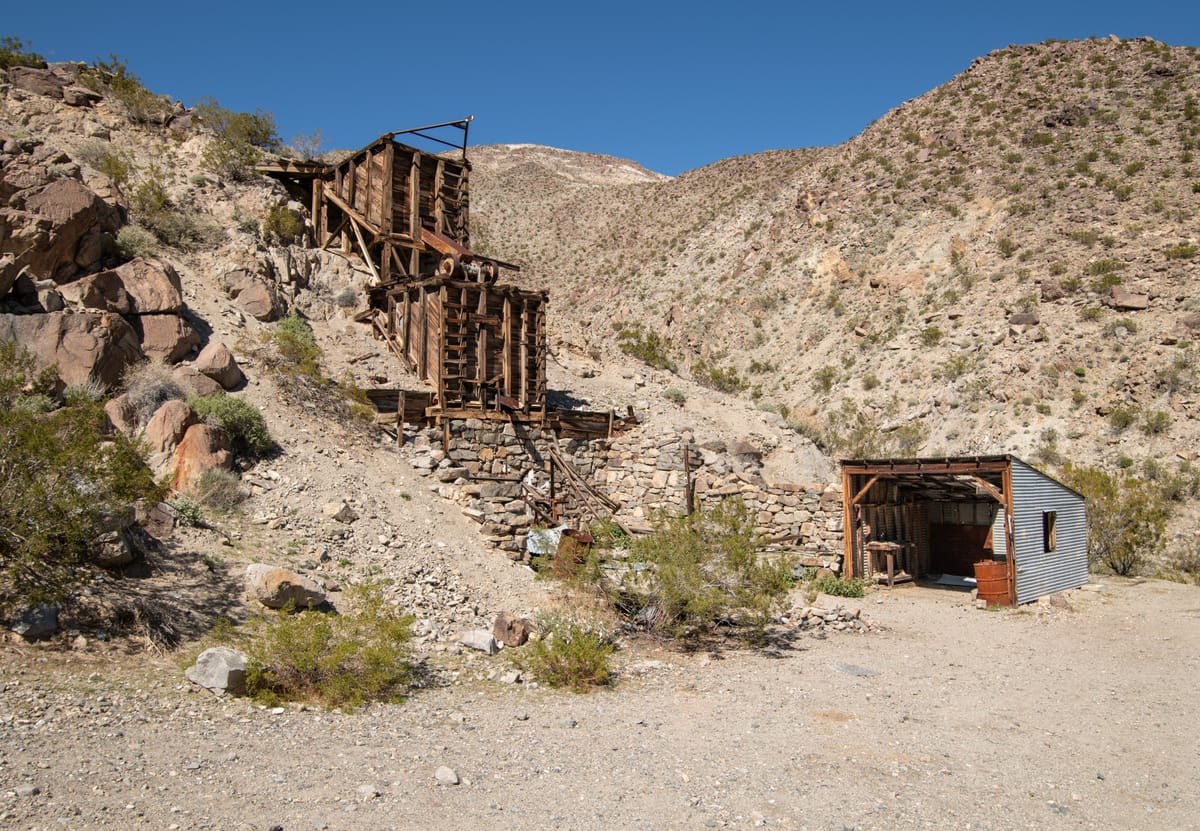The Panamint Valley was a bustling place in the 1870s, with silver mining activity booming in the surrounding Panamint and Argus Mountains. The frenzy began in Cerro Gordo in the Inyo Mountains in the 1860s, moved on to Panamint City in 1873, then finally arrived in the Argus Mountains in 1875. The Modoc and Minnietta Mines on Lookout Mountain became two of the largest silver producers in the entire Death Valley region. Legendary freighter Remi Nadeau could barely keep up, hauling supplies into the mines and bullion back to Los Angeles. When readily available wood in the Argus Mountains ran low, George Hearst resorted to building the Wildrose Charcoal Kilns in the Panamint Mountains to supply fuel for his Modoc Mine smelters. Almost lost in all the excitement was a smaller mining boom in Snow Canyon, just south of Lookout Mountain.

Although records of early mining activity in Snow Canyon are scarce, it appears that the first mines were contemporaneous with the Modoc Mine. Several of the smaller, older mines can be found near the end of Snow Canyon Road, close to the canyon floor and along the south rim. The largest producers in the canyon were the Golden Lady Mine and the Merry Christmas Mine, both found high on the slopes above the north side of the canyon. Silver was the main product, along with smaller amounts of gold, copper, and lead. The Merry Christmas Mine, which was renamed the St. George Mine in the 1930s, today features the most extensive mining ruins in the canyon. A visit to the St. George Mine will also take you right past the impressive stone ruins of the Golden Lady Mine Camp, well worth a stop.

As with many mines in the Death Valley region, the St. George Mine was worked by several different owners, over the course of almost a century. As a result, older artifacts are often mixed in with more recent items left by the miners. What began as a small operation in the 1870s eventually resulted in two distinct mine camps, two mills, two aerial trams, miles of trails, and numerous adits and shafts. Because the mine and mill workings are spread out over a large area, in very steep and rough terrain, you should plan on devoting an entire day if you want to see the entire operation. Be prepared for some rugged hiking; good boots, trekking poles, and a GPS are all highly recommended.




